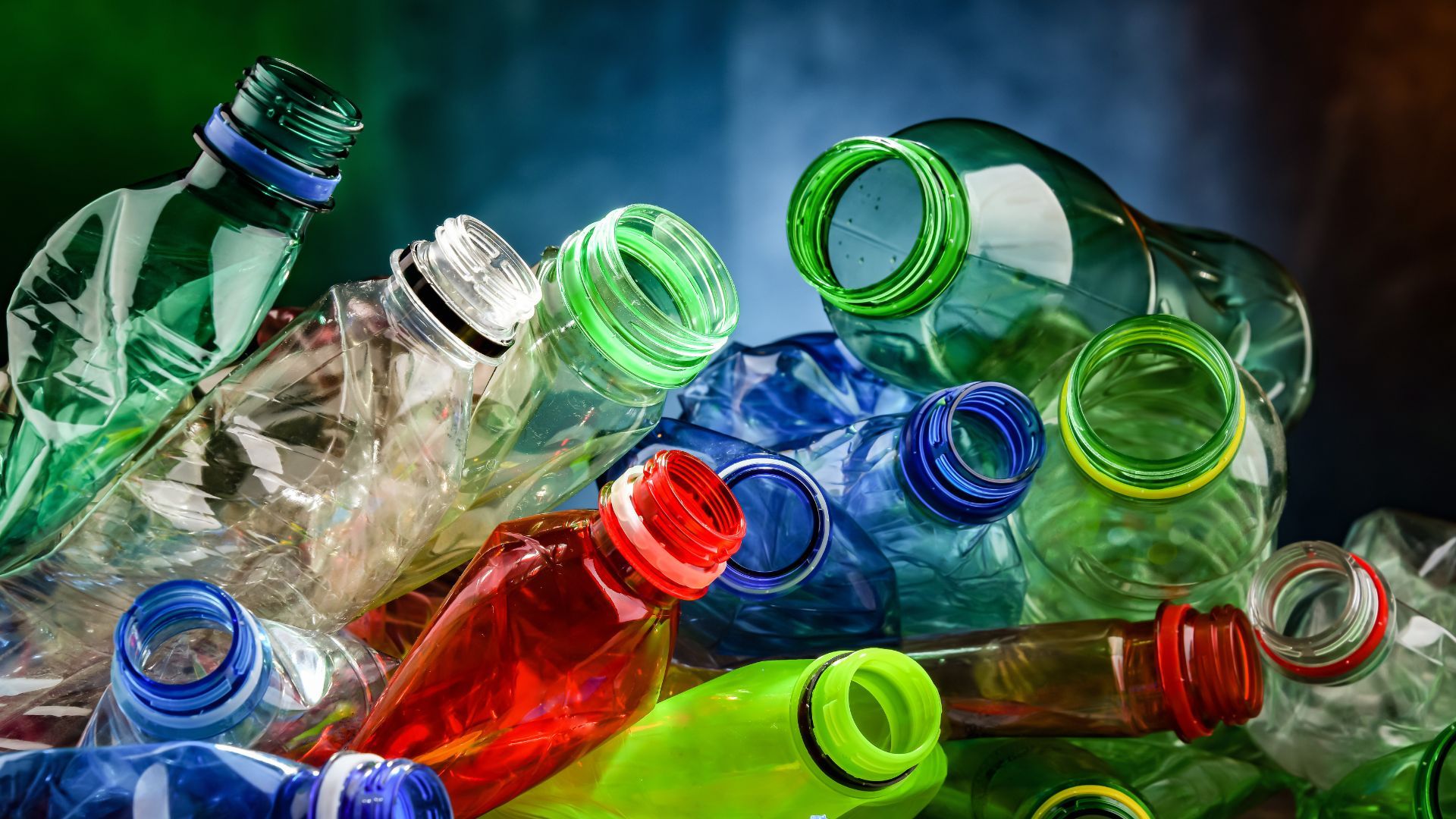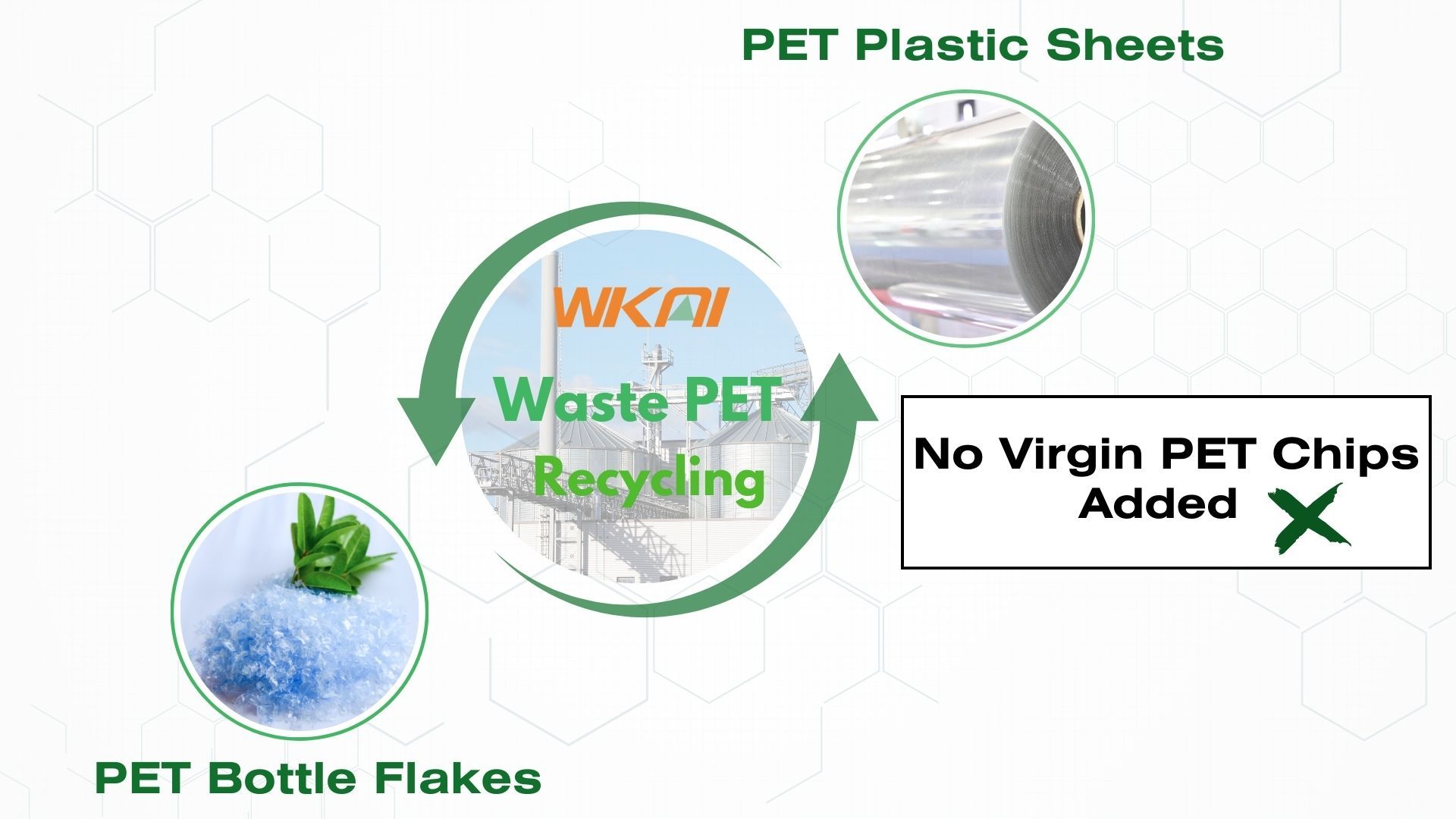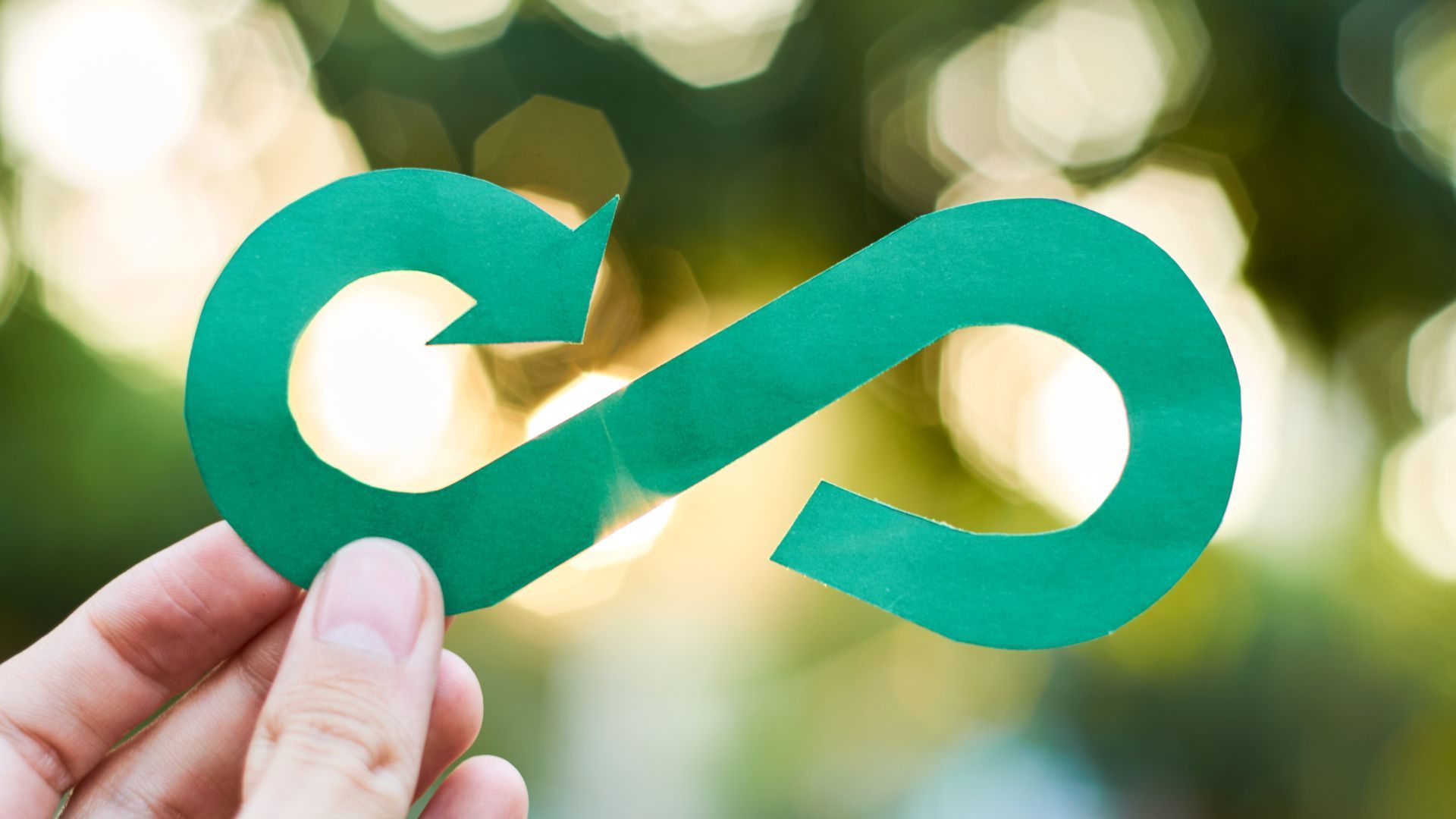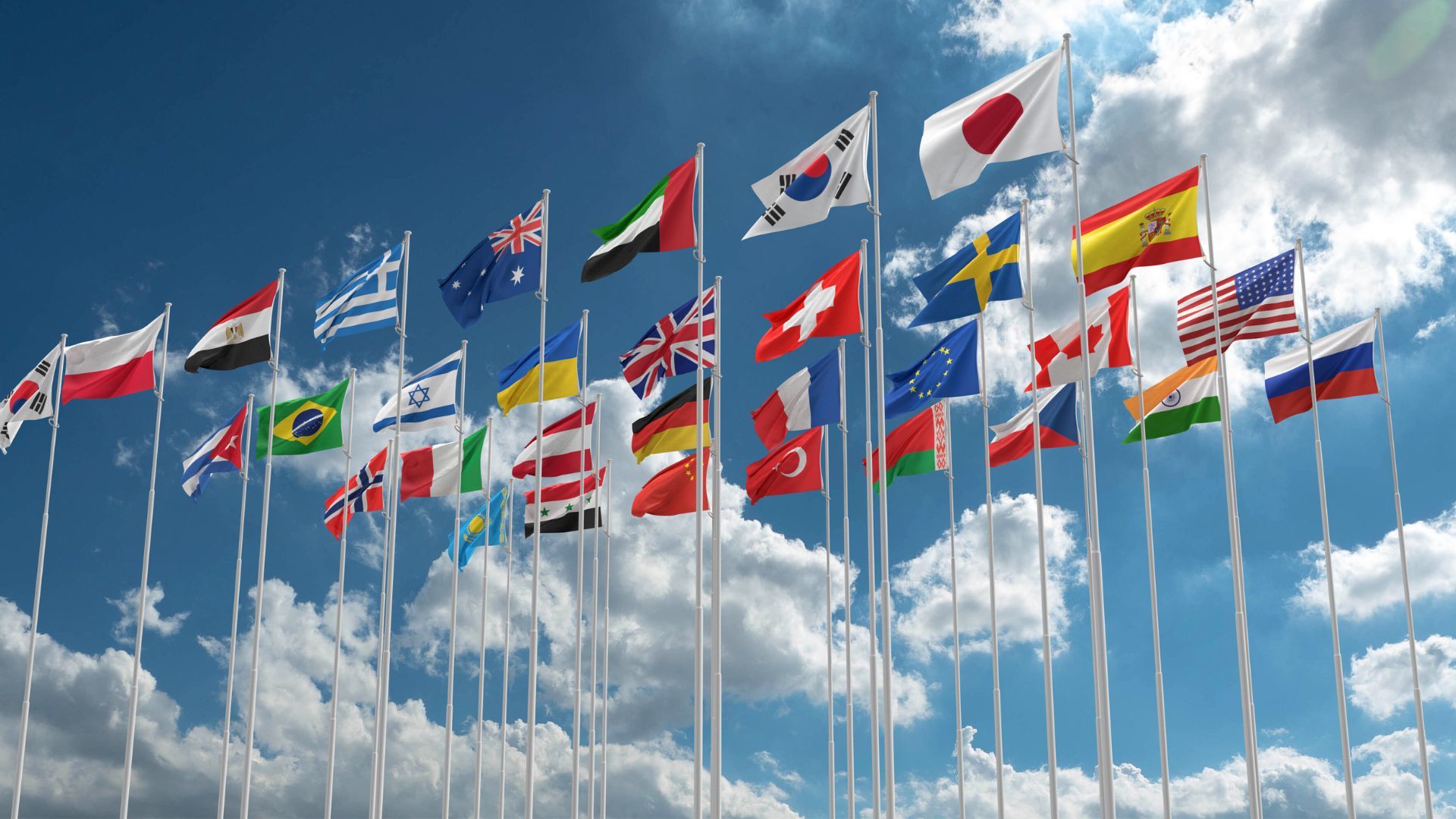
Revolutionizing PET Recycling: A Case Study on Transforming Bottle Flakes into High-Quality Sheets
Efficient PET recycling and reuse have become key drivers in promoting sustainability within the plastic industry. Wankai New Materials Co., Ltd. has introduced a method for regenerating PET bottle flakes into high-quality PET sheets, effectively solving the issue of low usage rates of recycled PET bottles while achieving a high proportion of recycled material.
1. Current Status of PET Recycling & Circular Economy
PET resin is widely used in bottled beverages, food packaging, textiles, and other industries, particularly in beverage bottle packaging. However, due to its excellent thermal stability and physical properties, PET is slow to degrade, making it a major source of global plastic pollution.
According to statistics, more than 50 million tons of PET are used globally each year, with most discarded or landfilled after use. While PET has good recyclability, current recycling rates are still far below expectations, especially in developing countries, where the lack of recycling infrastructure and processing technology leads to significant PET waste.
Currently, PET bottle recycling technologies are divided into physical recycling and chemical recycling. Physical recycling is cost-effective and easy to promote but requires mixing recycled PET with fresh polyester chips at a certain ratio to improve quality. Chemical recycling, while capable of depolymerizing and recovering PET, has long processes, low efficiency, and high costs, making industrial-scale application difficult. Therefore, increasing the efficiency of PET recycling has become a research focus both domestically and internationally.
2. Wankai' PET Circular Economy Practices
Wankai has made remarkable achievements in the PET circular economy field. Through a series of innovative technologies and processes, Wankai has developed a method to regenerate PET bottle flakes into high-quality sheets, without relying on virgin PET resin, thus increasing the proportion of recycled PET in the final product.
Process Steps Analysis
Preprocessing of PET Bottles: The research team of Wankai first removes bottle caps, labels, and impurities, ensuring smooth processing in subsequent stages. Special attention is given to cleaning and drying to eliminate contaminants and maintain the purity of the raw material.
Mixing Treatment: Different colored PET flakes are mixed in proportion to ensure uniformity, contributing to better quality control during processing.
Preheating and Melting: The critical steps involve controlling temperature and moisture content, removing water while maintaining the stability of the material to prevent moisture-related quality issues during melting. The application of a three-stage vacuum degassing extruder enhances processing efficiency and minimizes impurities.
Intrinsic Viscosity Enhancement and Polycondensation Reaction: The addition of ethylene glycol improves the mechanical properties of the PET, enabling the recycled material to meet higher standards for transparency, mechanical strength, and other properties.
Solid-State Polycondensation: Finally, the solid-state polycondensation process increases the material's intrinsic viscosity, ensuring that it meets specific requirements and guarantees the quality of the final product.
Key Advantages
Wankai's method significantly increases the proportion of recycled PET bottle flakes used in production, reducing reliance on virgin PET chips and lowering production costs. At the same time, the optimized process ensures that the recycled PET sheets meet high standards for mechanical properties, transparency, and surface smoothness. This makes the sheets suitable for packaging, electronics, automotive, and other industries, thus broadening the reuse channels for waste PET.
3. Future Outlook
The case above highlights the important role PET recycling and reuse play in promoting sustainable development. Looking ahead, the application of PET in the circular economy will present several key trends:
Increasing Recycling Rates and Product Quality
With continuous technological advancements, improving PET recycling rates will no longer be a challenge. By optimizing recycling technologies, particularly in cleaning, melting, and modifying processes, the recycled PET materials will increasingly resemble the properties of virgin PET, including mechanical strength, transparency, and heat resistance.
Promoting Cross-Industry Collaboration
PET recycling depends not only on individual enterprises but also on cooperation across industries. By creating recycling networks and fostering collaboration among governments, businesses, and consumers, more efficient recycling systems can be established, thus enhancing the efficiency of PET recycling and regeneration.
Development of Innovative PET Materials
Beyond traditional PET recycling, innovative PET materials are likely to emerge. For example, bio-based or biodegradable PET, derived from renewable resources, could play a larger role in the circular economy. In the field of bioplastics, Wankai has successfully achieved trial production of bio-based PEF on a thousand-ton scale in May 2023 , now working towards its mass production.
Policy Support and Market Demand
As global environmental awareness increases, countries worldwide are introducing policies to promote PET recycling and reuse.
The European Union has set a target to make plastic packaging recyclable or reusable by 2025. China’s “14th Five-Year Plan” for Plastic Pollution Management outlines goals to improve plastic recycling rates. India is strengthening plastic waste management and encouraging extended producer responsibility (EPR). South Africa has implemented EPR policies, while Thailand plans to fully recycle plastic waste by 2025. Indonesia and Brazil are also promoting plastic recycling and efforts to reduce ocean pollution.
These policies provide vital support for the PET recycling industry and promote the global adoption of the PET circular economy.
4. Conclusion
Wankai New Materials’ case study demonstrates that PET recycling and reuse are not just necessary for environmental protection but are also key drivers of sustainable business development. With ongoing advancements in recycling technologies, the circular reuse of PET will play an even larger role in the future. Companies should balance economic benefits with social responsibility, driving the development of the circular economy across various industries and contributing to a green future.




